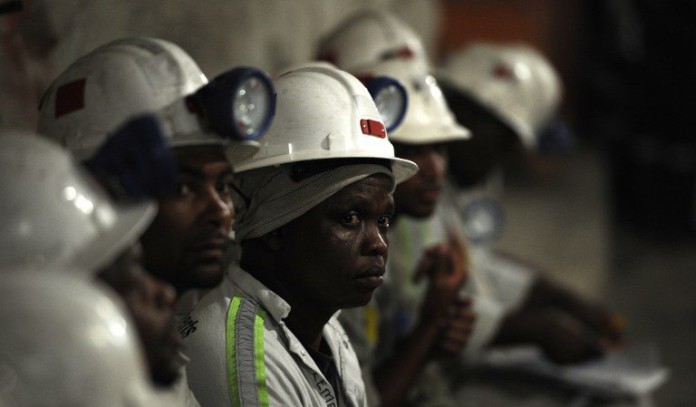
THE mining sector is unique because of the existence of a tripartite structure where the Department of Mineral Resources and Energy (DMRE), the Minerals Council of South Africa and mining trade unions serve on established forums focusing on occupational health and safety, regulations and sustainability, respectively. As a result, mines minister, Gwede Mantashe, could bring all role players within this structure together with ease for talks to get the mines back into production safely.
Only the mining union, the Association of Mineworkers & Construction Union (AMCU), boycotted the meetings out of health concerns. When Mantashe agreed to virtual meetings to accommodate AMCU, the union moved the goalposts, also boycotting those meetings. It was such a pity that AMCU, as a key role-player, did not participate in the mainstream negotiations, because it would have prevented the litigation process around safety measures that followed.
On the other hand, the metal workers’ union, NUMSA, which is beginning to expand its power base in the mining sector, for the first time participated in the tripartite talks. Irvin Jim, NUMSA’s general secretary, “confronted” Mantashe at the first meeting about the mining sector being given preference over the metal and engineering sector that is heading for a retrenchment bloodbath. Mantashe responded by indicating that Jim should not confront the minister who his doing his job, but should rather confront the ministers who are not getting the economic sectors under their control up and running again.
Mantashe is, however, well aware of the health and safety risks associated with the reopening of the mines but argues that many mines face permanent closure if they cannot become economically active. He believes the debate should not be about “health versus the economy”, but rather “health and the economy”. For trade unions this means constantly reflecting on whether retrenchment or health poses the greatest threat to members at a particular mine, and to act accordingly.
The idea of “one hand washes the other” will also apply to getting the mines back into production. On the one hand, the physical survival of the mining houses and mine workers depends on production, while on the other, the state relies on mines that are in operation as a major source of tax revenue. Mining is also a major electricity consumer and right now, Eskom needs to recover lost revenue.
Lastly the mines have taken over many local government functions in mining communities and if the mines have to suspend those services it will lead to unrest.
Similarly, it could also lead to unrest if COVID-19 begins to spread as a result of the resumption of mining production. However, in mining there is a culture of maintaining high health and safety standards which means that many employees are safer in the workplace than they are where they are living during lockdown.
There is a concern that some of the smaller mining houses will undermine compliance with safety regulations for the sake of production, but they run the risk of being closed again if the virus spreads at the mine.
It is, however, commendable to see that some of the larger mining houses have gone beyond what the safety regulations and best practices require.
For example, some of the mining houses implemented a practice to close their mines for about two hours with the changing of shifts to first sanitise the various work sites and equipment before resuming production.
Maintaining social distance poses the greatest safety and productivity risk to conventional mines, especially when miners are now taken underground in smaller groups in the lifts, thus leading to reduced production time. As an exception, one of the leading iron ore mines that received departmental permission to remain in production with 50% of its workforce experienced the opposite. At this mining house, half of its workforce now reaches the same production targets as had been the case with the full workforce.
Despite the production head start over other sectors, the mining sector is in a struggle for survival to cope with the economic challenges of COVID-19. The way in which COVID-19 has increased the focus on and priority given to “employee health” is a positive development though. A healthier workforce will result in lower absenteeism levels, higher production and can ultimately mitigate the impact of COVID-19.
Gideon du Plessis is Solidarity’s General Secretary











